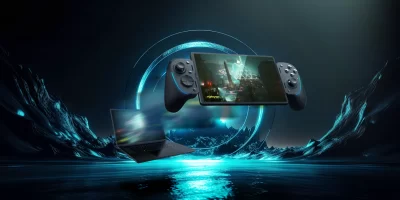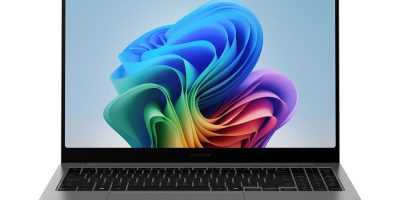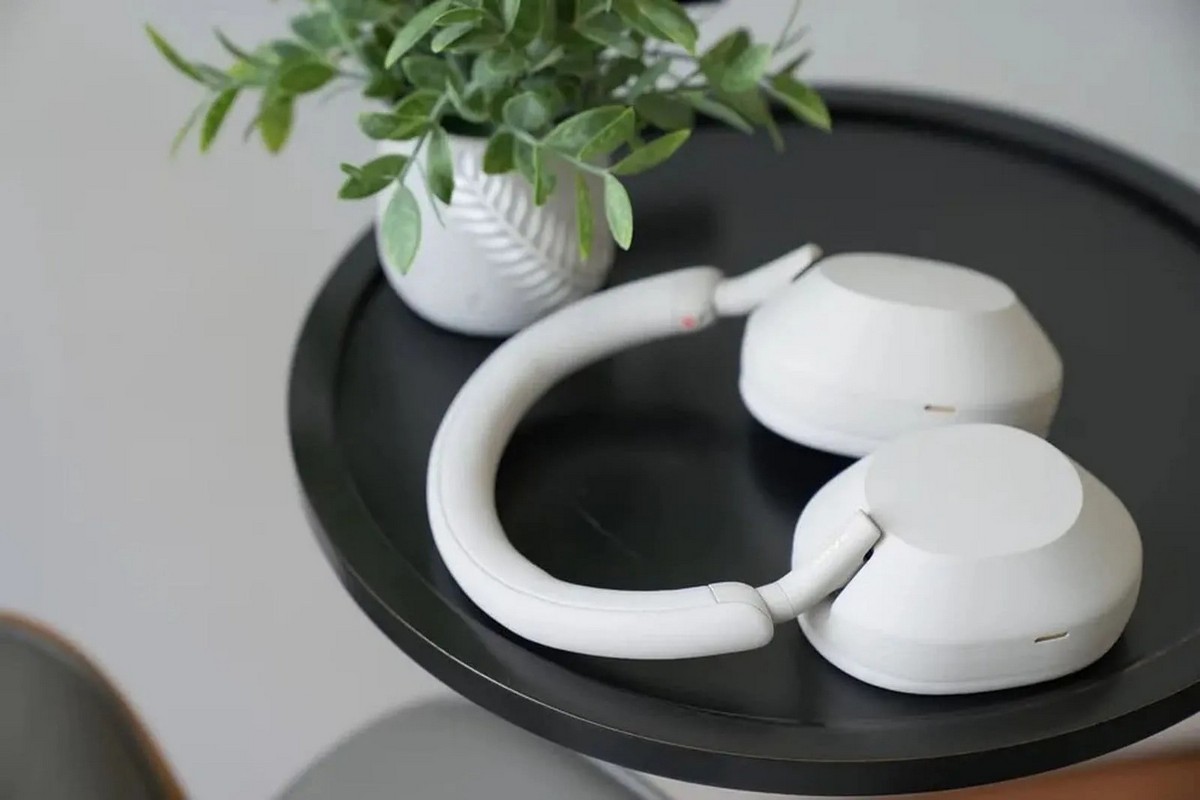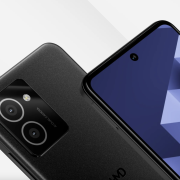Google introduced Material Design with Android 5.0 Lollipop as a beautiful new way of communicating context and meaning in user interfaces by supposing the design was made with actual, real, 3D materials (such as paper). When you tap or swipe your phone, animations occur, and Google is explaining how these animations should also be rooted in the physics of their materials. To further explain, they updated their Material Design Guidelines with a brand new section called, “Material Motion”.
That overview gives some nice context to Android users wondering if there is rhyme or reason to the animations they see when using their favorite apps. But remember: these are guidelines and all developers don’t follow them to a “T” and many of them don’t follow the guidelines at all.
Nonetheless, Google attempts to make following the guidelines simpler by offering a set of “do” and “don’t” examples. We especially hope developers heed the request to “Animate Quickly” and “Maintain a clear path” by not overlapping too many animations.
Material Motion isn’t a brand new concept but instead a core part of Material Design that hadn’t yet been through the guideline mill. To see the full Material Motion guidelines check out this link and to watch a developer discussion on the guiding principles of Material Motion, check out this video from October 2015.












Comments